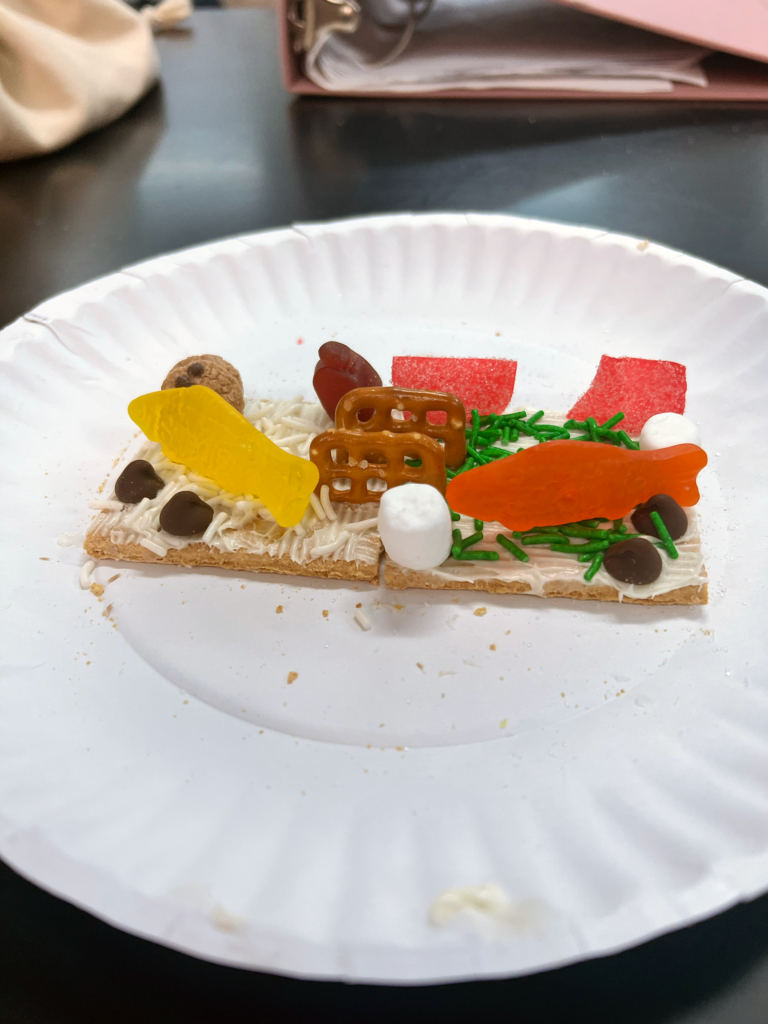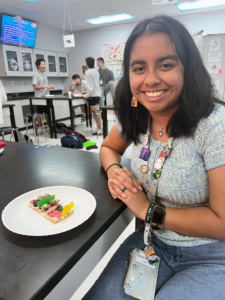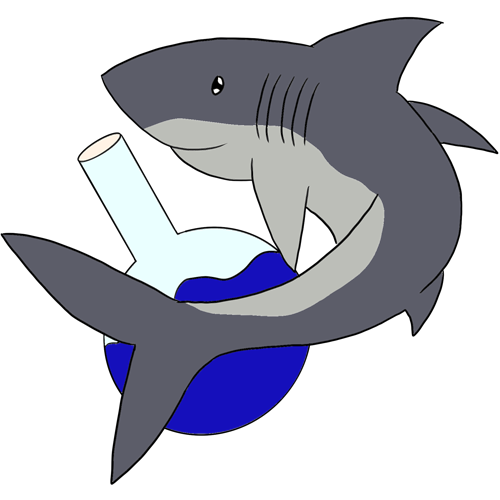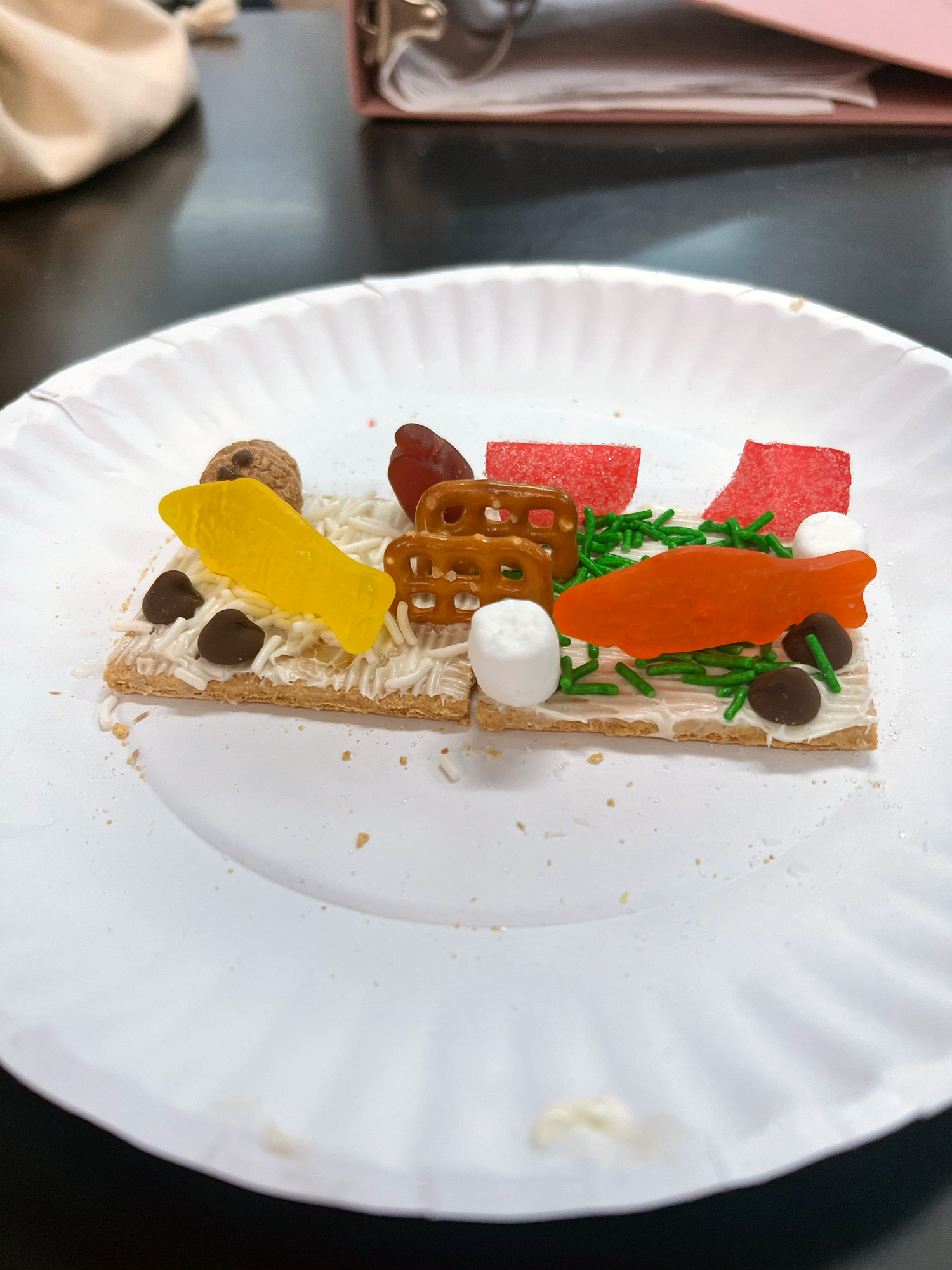Engaging students in the ideas behind the types of coral reefs, their zonation, and the processes that make them so special can be challenging. The Building a Coral-Reef activity is a great way to ensure students learn the concepts needed and remember the processes that are acting on coral reefs. And it doesn’t hurt that learning becomes a delicious and interactive experience, too! This hands-on lab activity is designed to ignite student interest and make the process of scientific discovery fun and memorable.

Goals of the Coral-Reef Cake Activity
The primary objectives of the Building a Coral-Reef activity are:
- Introduction to Coral Reef Ecosystems: Students learn about the various components of a coral reef, including corals, algae, seagrass, sponges, sea urchins, and fish. Visual aids like slides and photos help set the stage for understanding the complexity and beauty of reef ecosystems.
- Understanding Reef Zonation: The activity explains the different zones within a reef, from the deep reef to the reef crest to back-reef seagrass beds. This zonation is critical for understanding how different organisms thrive in specific parts of the reef.
- Bioerosion Concept: Through a fun visual of a parrotfish eating coral and defecating sand, students grasp the concept of bioerosion and its role in shaping reef structures.
- Interactive Learning: By constructing a coral reef using a various edible items, students actively participate in the learning process, reinforcing their understanding of reef components and their interactions.
- Memorable Experience: The final step, “bio-eroding” the reef by eating their creation, leaves students with a lasting impression of the lesson and a tangible connection to the material.
Implementation in the Classroom
Preparation:

- Instructional Materials: Prepare a slide presentation with images of coral reefs and their inhabitants. Ensure all visual aids are ready, including a projector or computer with internet access.
- Ingredients and Equipment: Purchase and prepare all necessary ingredients for the reef components. This includes choosing your base and finding ideal edible items for each piece of the coral reef.
In-Class Activity:
- Slide Presentation: Begin with a short slide presentation introducing the students to the various reef creatures and reef zonation. A volunteer scribe records the names of each plant and animal group on the board.
- Reef Assembly:
- Volunteers: Students assist with assembling the reef. Provide them with disposable gloves.
- Assembly Process: Using a cake or graham cracker as the substrate, guide students in assembling the reef components. Pretzel sticks become branching corals, muffins represent brain corals, and green-tinted sprinkles forms the seagrass bed.
- Interactive Identification: As each component is added, explain its real-life counterpart and role in the reef ecosystem.
- Bioerosion:
- Explanation: Review the concept of bioerosion and its significance in reef ecosystems.
- Eating the Reef: Allow students to “bio-erode” the reef by cutting and distributing pieces of the cake. This final step not only reinforces the concept but also provides a fun and engaging conclusion to the activity.
The Building a Coral-Reef activity has been met with enthusiasm and positive feedback from both students and educators. The combination of visual aids, hands-on participation, and edible rewards creates an engaging learning environment. Students enjoy the creative process of building the reef and are more likely to remember the information due to the interactive nature of the lesson. Remember, learning does not always have to be linear, it can be experiential (and edible) too!

Example items to use for building reefs:
- Yellow or chocolate sheet cake or plain or chocolate graham crackers:
- Key Largo limestone (yellow/plain) or volcanic rock (chocolate) (use cake for smaller groups and graham crackers for larger groups)
- Pink frosting represents Coralline algae
- Pretzels or other stick-shaped food (handful) represent Branching corals
- Mini Muffins represent Brain corals
- Bite-sized cookies represent Plate corals
- Green sprinkles or cut up sour strips represents Seagrass
- Brown-tinted marshmallows represent Barrel sponges
- Colorful sour strips represent Sea fans
- White Sprinkles represent Sand
- Fish-shaped crackers or candies on toothpicks represent Fish
- Raisins or chocolate chips represent Sea urchins

